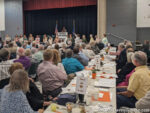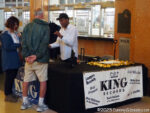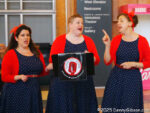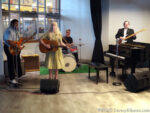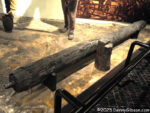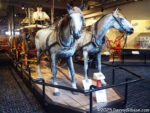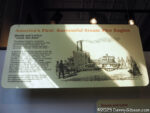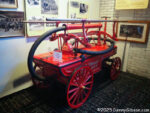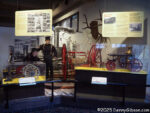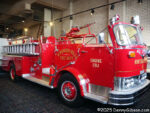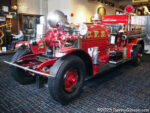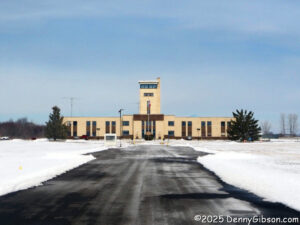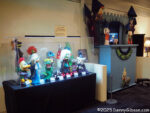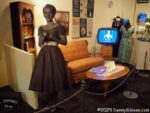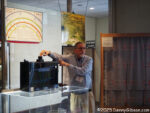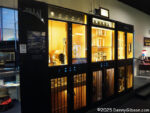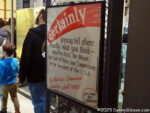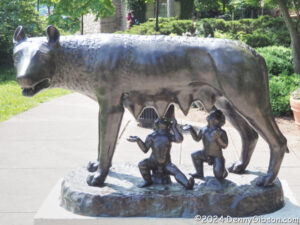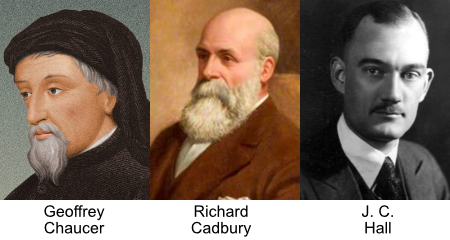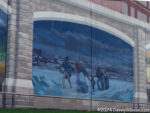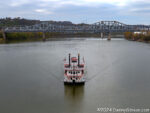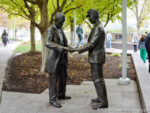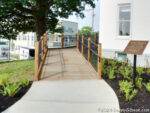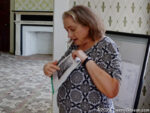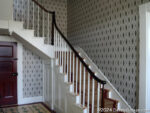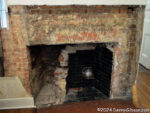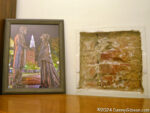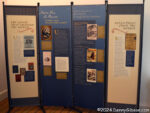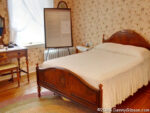
Ten years ago, on the day following the fiftieth reunion of my high school graduating class, I posted “Fifty Years After“. It ended with a reference to the far-in-the-future sixtieth reunion and the line, “If I can, I will”. I did. So did another seven members of the Ansonia High School class of 1965.
Not surprisingly, that was considerably less than the nineteen who attended the all-alumni banquet in 2015 or the twenty-six who attended the our-class-only gathering the night before. There is a banquet every year that is open to all graduates with emphasis on the “5s”. I have gone to most, if not all, of those, but there wasn’t one for our fifty-fifth. That was the year of the COVID pandemic. The lack of a get-together at the five-and-a-half-decade mark was somewhat disappointing, but it is the class of 2020 that really deserves our sympathy. I thought there might be something a little special for them on their fifth, but there was not. Actually, there was not a single member of the class of 2020 in attendance. It’s hard not to try reading something into that, but it’s just as hard, as an outsider, to know what that something should be.
Ten years ago, I wrote that “We graduated smack dab in the middle of a decade that was about as turbulent and confusing, yet as filled with promise and potential, as any could be.” It feels like we just might be smack dab in the middle of another one. Of course, the decade we were born in held the horrors of World War II and was clearly even more turbulent, but that decade is outside of our personal memories. It is the 1960s and 2020s that more or less bracket our lives as adults.
By coincidence, a blog I follow published a piece a few days ago that makes some comparisons between today and the world of sixty years ago. It is here, and I encourage reading it in its entirety. Among the events of sixty years ago it mentions is the Social Security Act of 1965. That’s the act that established Medicare and Medicaid. Both are facing cuts today. Our generation also benefited from things like the 1965 Voting Rights Act, the Water Quality Act of 1965, and others.
What I have just written makes me aware that my and my classmates’ adulthood more or less aligns with the rise and potential fall of numerous efforts to make life better for the general population. That, in turn, made me think of the cringeworthy idea that “We got ours. Sorry about your bad timing, kids.” Oh, how I hope that’s not true.
Classes celebrating one of the 5s are provided with a room to gather in before meal time. Our room wasn’t overflowing, but everyone there had a good time studying old photos and sharing the memories those photos, and just being together, stirred up.
Of course, classes are seated together at the banquet. Yeah, we took up a lot less room than we did in 2015. I didn’t try very hard to get a picture of the group as a professional took a posed group shot of us, and I’ll share that here as soon as it is available. Most of our class is in the foreground of the second picture, but that’s not the target. The target is every past cheerleader in attendance, lined up to lead us in a spirited singing of the old fight song.
As usual, the banquet was followed by a dance. I always skip the dancing part, but this year I even skipped the going part. In the past, the dance was held at Eldora Ballroom on the Eldora Speedway property. The Ballroom was a weekend hotspot back in the day, and going there on alumni weekend always provided a little glimpse of the past. This year, it was at the American Legion, which would not have fed my nostalgia. It is at the same location I remember, but the building is a newer one. I’ve said I would have gone if it had been at Eldora, but maybe not. Starting the drive home before midnight seems a sensible thing to do these days.
The best information available indicates that we have lost a total of sixteen members of our class of sixty-five. That means that just about three-quarters of us are still around. In that 2015 post, I mentioned that the men who were living had already exceeded their at-birth life expectancy, and that the women were getting close. We are all in overtime now. A study I found online says that anyone turning 78 in 2025 can expect to live another 11.09 years. That would cover a 70th reunion. If I can, I will.


